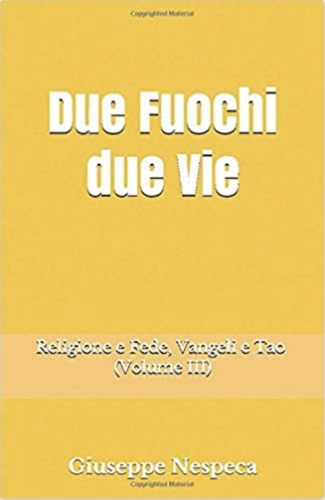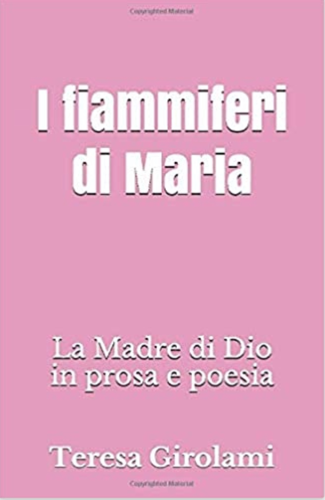Let us first place ourselves from the point of view of the direct hearers of the Sermon on the Mount, those who have heard the words of Christ. They are sons and daughters of the chosen people - people who from God - Yahweh himself - had received the "Law", had also received the "Prophets" who had repeatedly, throughout the centuries, blamed precisely the relationship maintained with that Law, the many transgressions of it. Christ also speaks of such transgressions. But even more He speaks of such a human interpretation of the Law, in which the proper meaning of good and evil, specifically intended by the Divine Lawgiver, is erased and disappears. For the law is above all a means, an indispensable means so that "righteousness may abound" (words of Matthew 5:20, in the old translation). Christ wants that righteousness to "surpass that of the scribes and Pharisees". He did not accept the interpretation that they had given down the centuries to the authentic content of the Law, insofar as they subjected that content, i.e. the design and will of the Lawgiver, to a certain extent, to the various weaknesses and limitations of the human will, resulting precisely from the threefold concupiscence. This was a casuistic interpretation, which was superimposed on the original vision of good and evil, connected with the Law of the Decalogue. If Christ tends towards the transformation of the ethos, He does so above all to recover the fundamental clarity of interpretation: "Do not think that I have come to abolish the Law or the Prophets; I have not come to abolish but to fulfil" ( Mt 5:17 ). A condition of fulfilment is right understanding.
[Pope John Paul II, General Audience 13 August 1980]












